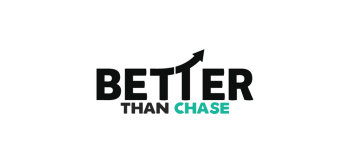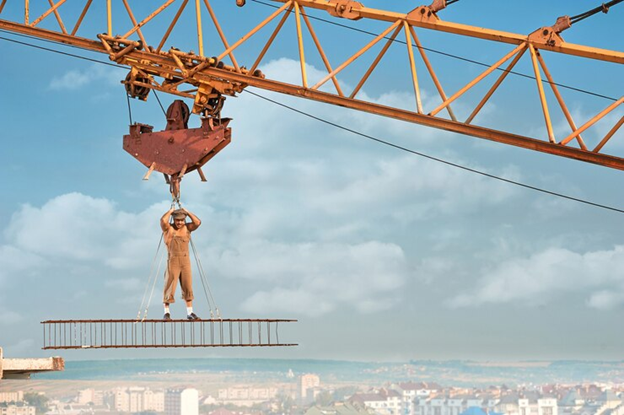In the bustling world of construction and industrial projects, the safety of personnel is paramount. Whether you’re managing a construction site, maintaining a facility, or overseeing a special event setup, ensuring safety during operations involving crane rental and scissor lift equipment is non-negotiable. Let’s explore the key safety considerations that should be top of mind in these scenarios.
Choosing the Right Equipment
When opting for Rental scissor lift equipment or cranes, selecting the right machinery for the job is crucial. Assess the height and weight requirements of your project to determine the appropriate scissor lift or crane specifications. Ensure that the equipment you choose is well-maintained and regularly inspected to meet safety standards.
Operator Training and Certification
Operators must be properly trained and certified to handle scissor lifts and cranes. Training should cover equipment operation, safety protocols, emergency procedures, and load capacities. Certified operators are not only more competent in maneuvering the equipment but also more aware of potential hazards and how to mitigate them effectively.
Pre-Operational Inspections
Before commencing any work involving scissor lifts or cranes, conduct thorough pre-operational inspections. Check for signs of wear and tear, hydraulic leaks, malfunctioning controls, and structural integrity. Verify that safety features such as guardrails, harness points, and emergency shut-off switches are in place and functional.
Safety Gear and Personal Protective Equipment (PPE)
Personal safety gear is a must for anyone working with or around scissor lifts and cranes. This includes hard hats, high-visibility vests, steel-toe boots, and gloves. For operators working at height, harnesses and fall arrest systems are essential to prevent accidents and minimize injuries in case of a fall.
Clear Communication and Signage
Clear communication is vital in any operation involving heavy machinery. Use standardized hand signals and clear signage to direct operators and ground personnel. Ensure that communication channels, such as two-way radios, are functional and accessible to all team members involved in the operation.
Weather Conditions and Environmental Factors
Weather conditions can significantly impact the safety of scissor lift and crane operations. High winds, rain, or snow can affect stability and visibility, increasing the risk of accidents. Monitor weather forecasts and postpone operations if conditions pose a safety hazard. Ensure that the ground surface is stable and level to prevent equipment tipping or sinking.
Load Capacity and Distribution
Understanding the load capacity and distribution limits of scissor lifts and cranes is crucial for preventing accidents and equipment damage. Overloading can lead to instability and structural failure, posing serious risks to personnel and property. Always adhere to manufacturer guidelines and consult with engineers or specialists if uncertain about load calculations.
Emergency Preparedness
Despite meticulous planning and adherence to safety protocols, emergencies can still occur. Have a comprehensive emergency response plan in place that includes procedures for medical emergencies, equipment malfunctions, and evacuation protocols. Ensure that all personnel are familiar with emergency exits, first aid kits, and emergency contact information.
Regular Maintenance and Servicing
Regular maintenance and servicing of scissor lifts and cranes are essential to keep them in optimal working condition. Schedule routine inspections, lubrication, and repairs as recommended by the manufacturer. Address any issues promptly to prevent equipment breakdowns during critical operations.
Conclusion
Prioritizing safety in rental scissor lift equipment and crane operations is not just a legal obligation but a moral responsibility. By choosing the right equipment, ensuring proper training, conducting thorough inspections, and maintaining clear communication, you create a safer work environment for everyone involved. Remember, safety is a continuous effort that requires vigilance and proactive measures to mitigate risks effectively. By adhering to these safety considerations, you can enhance operational efficiency while safeguarding the well-being of your workforce.









